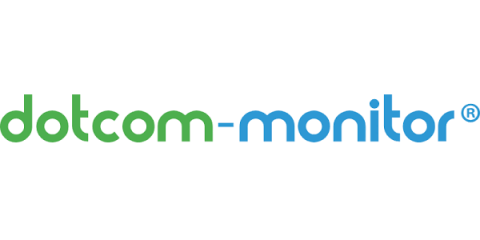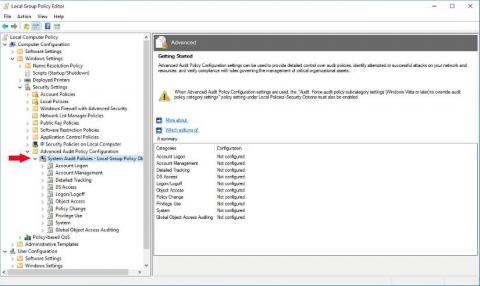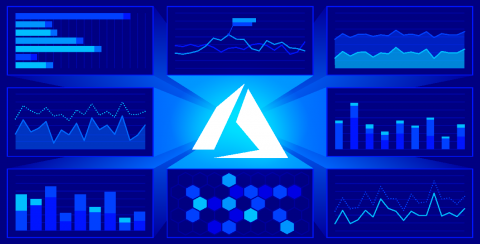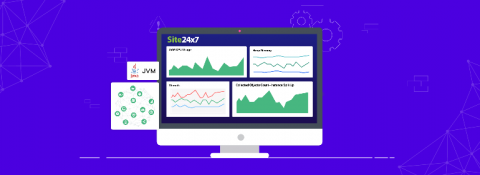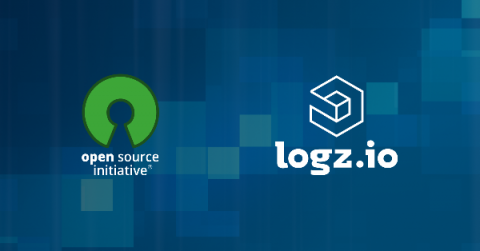Why Stack Trace APM Isn't Enough for Complete Web Application Monitoring
It’s probably true to say that if you asked an average user what makes a great web application, they’d probably say “speed.” But speed is the probably the least important aspect of an extensive rundown of elements. Factors like application development and rendering in the program are probably higher on that list. And what makes up a great performing application? And when something goes wrong, how do you know?


